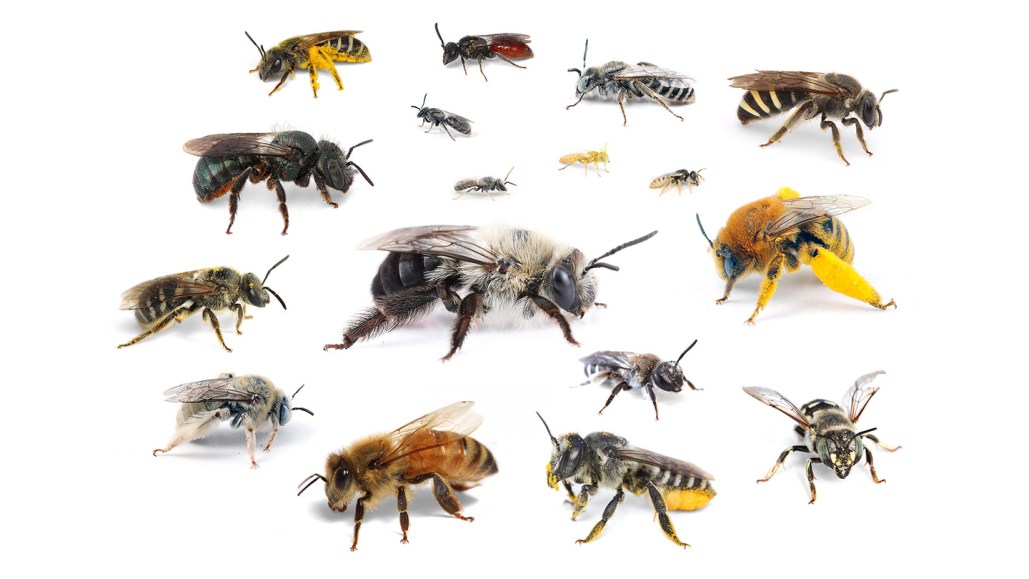Study Suggests Millions of Bees Are Dying Near Roads Due to Traffic

Tens of millions of bees are likely being killed each day by vehicles — and that’s just in the western United States, a new study finds.
The paper, published online November 7 in Sustainable Environment, is the first to document how cars may be contributing to the widespread loss of bees, essential pollinators of both wild plants and a third of the world’s crops (SN: 8/4/20).
Roads are a double-edged sword for pollinators, says evolutionary ecologist Joseph Wilson of Utah State University in Tooele. Medians and shoulders create space for flowering plants to flourish even as they bring insects closer to vehicles.
Help us improve by taking our 15-question reader survey.
Scientists have documented the ongoing “insect apocalypse” in part by counting dead insects along roadsides (SN: 4/23/20). But such studies have focused on forested landscapes and are often biased toward larger species. Bee diversity, however, is highest in arid, more open regions, and most bees are tiny — just 2 to 25 millimeters long.
Wilson and colleagues investigated bee deaths by attaching sticky paper to the bumpers of midsize vehicles and driving stretches of highway, paved roads with slower speeds and unpaved roads during daylight hours when bees are known to be active. The team undertook 29 trips around Utah in spring and summer, traveling more than 9,334 kilometers, and identified struck bees down to the genus level. Every trip resulted in at least one bee fatality, with representatives of 14 genera.
One car driving between Salt Lake City and Moab might kill 50 to 175 bees, the researchers estimated. Based on traffic data from the Utah Department of Transportation, that amounts to several million fatalities when scaled to the 94,000 cars traveling that route each day. Millions more cars make up Utah’s daily traffic, and similar road trips occur in nearby states, so the total estimate of bees killed each day in the region is likely in the tens of millions, the team concludes.
Though the calculations are based on simplified assumptions, they are still worth taking seriously, Wilson says. “Regardless of what the number is — if it’s millions or billions — it’s a large number of bees that are being impacted,” he says. “My gut says we’re likely underestimating, because every time I drove, I hit at least one bee.”
There are ways to mitigate these deaths, the team says. Research has shown that bees typically avoid crossing roads unless there’s vegetation in the median, so planting healthy habitat along both sides of a road, but not in the middle, could be one solution.




